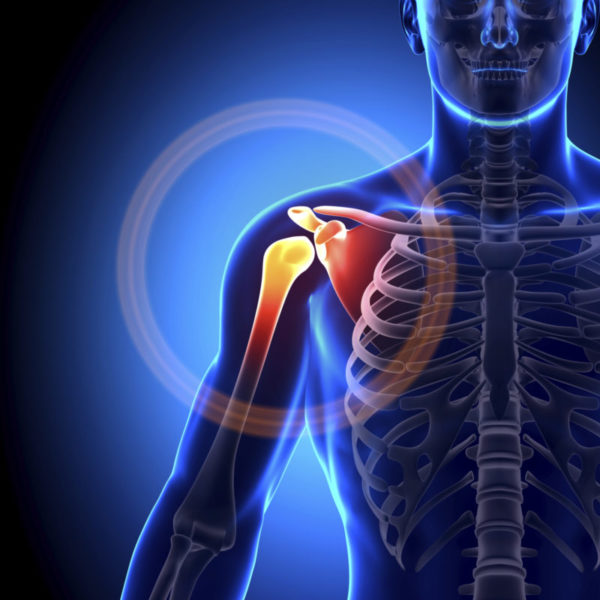
Your physician has diagnosed you with shoulder impingement, but what does that mean? The classic symptom of the condition is pain when you raise your arm to shoulder height. The motion causes a narrowing of the space between the acromion (the bone at the top of the shoulder), the tendons of the rotator cuff that keep the arm in the shoulder socket, and the bursa between the acromion and the tendons. Although such narrowing is normal, impingement occurs when the acromion literally strikes, or impinges on, the tendons or the bursa, resulting in pain.
Studies have shown that in many cases physical therapy can be just as successful to treat shoulder impingement as is surgery. In any event, conservative options, including physical therapy, should almost always be considered before resorting to surgery. These options may include rest (but not immobilization), job and activity modification, oral nonsteroidal anti-inflammatory drugs (if your physician approves) and ice applications. You can begin a physical therapy program once acute pain is no longer present. Light weights used in isometric exercises and isotonic exercises can strengthen the arm and shoulder muscles, especially the rotator cu , and enhance control and positioning of the shoulder. This includes exercises designed to enable you to better control and position your shoulder blade (scapula). When the rotator cu is stronger, it can better stabilize the entire shoulder joint, making impingement—and the associated pain—less likely. These strategies can help prevent future injuries, as well. If none of these techniques works to significantly relieve your pain, corticosteroid injections may be a viable option. As a last resort, your physician may recommend surgery followed by postoperative physical therapy. We can design an individual exercise program to help relieve the pain of shoulder impingement. By following this plan, you may be able to avoid shoulder surgery and feel less pain

















